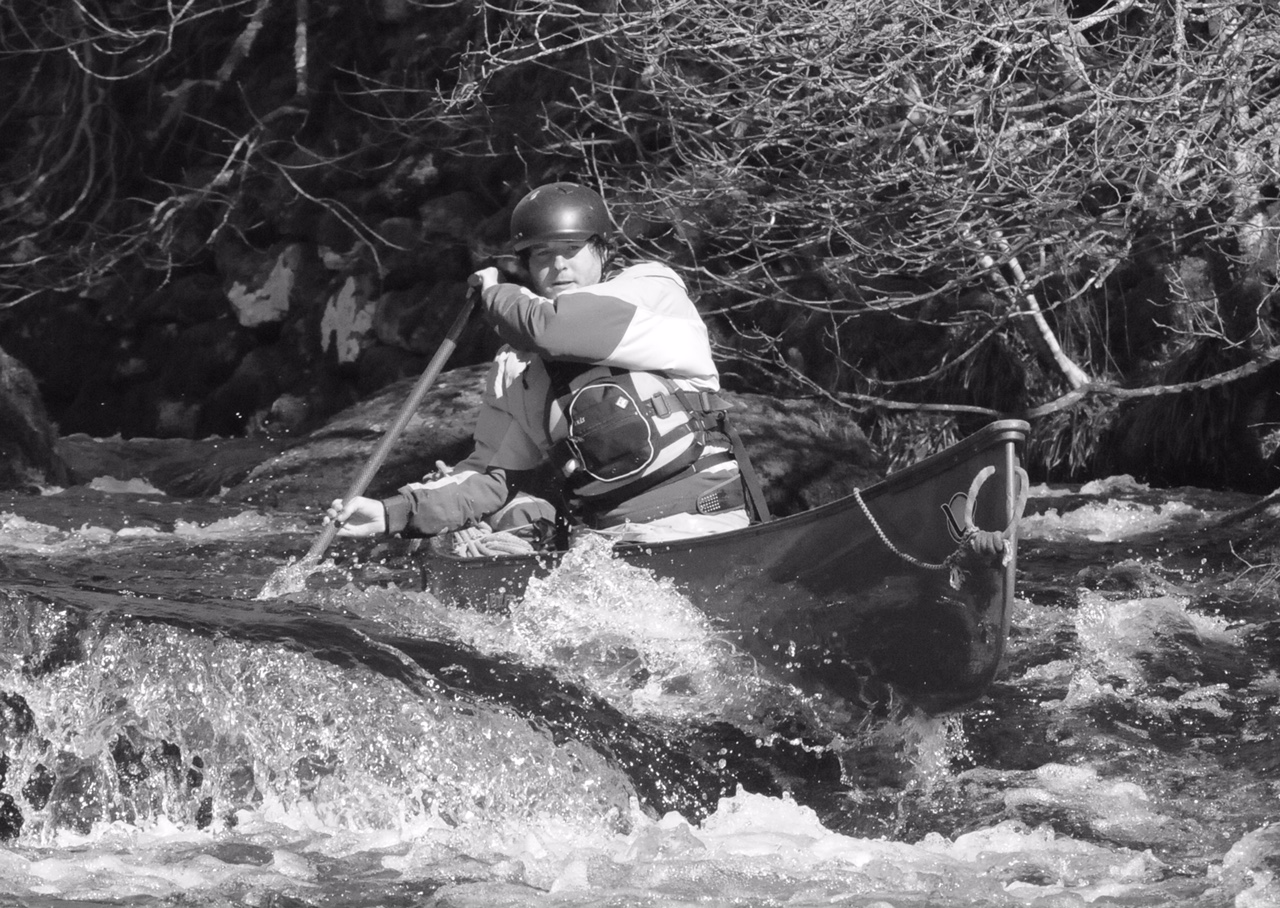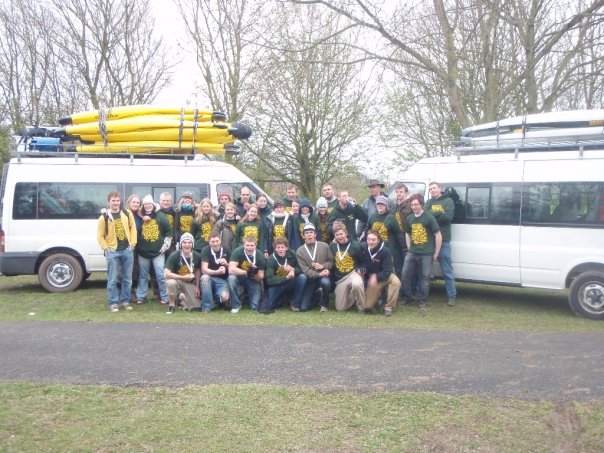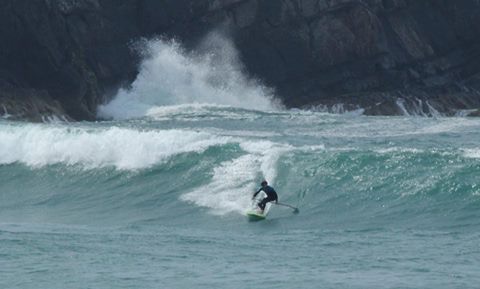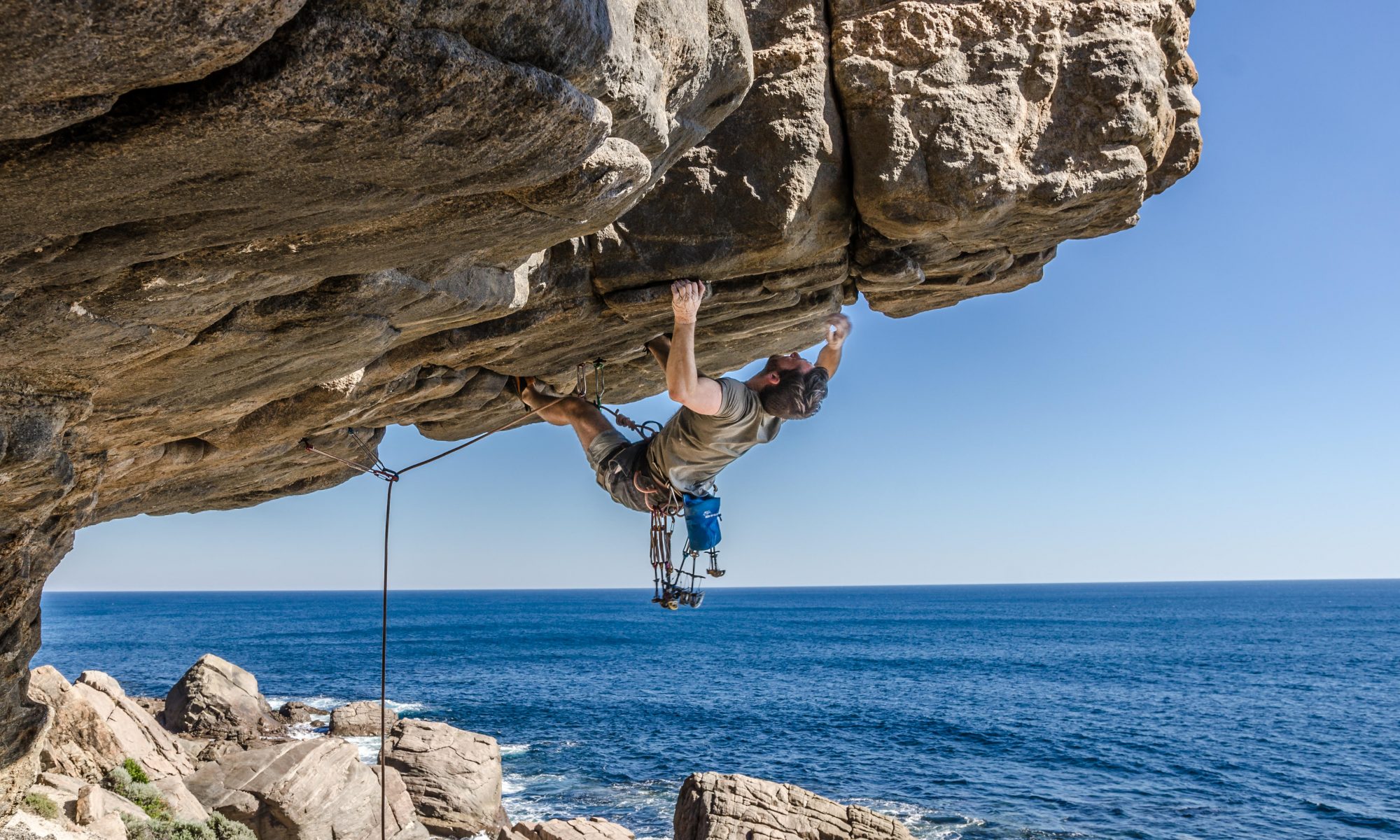
Photo by Lizzie Canoe
Motivating others
I think it is safe to assume that those of us who coach, lead or instruct other people would like them to leave each session they have with us feeling happy. Buzzing even. Keen to come back and do more with us. Motivated to go and practice what they have learnt, and enjoy it in their free time. I also think that we would all like to be able to influence our own motivation too. We would like to recognise elements that are supporting or thwarting our motivation and be able to change them or at least understand and accept them.
The statistics available on regular participation in sports make rather sobering reading, and numbers are consistently lower for women and girls, and minority groups. According to a Sport Wales statement from 2017, “Currently 576,000 women in Wales report not participating in any form of activity, while just over half (54%) of women say they’ve done at least one sporting activity in the last four weeks compared to 63% of men. Research shows a lack of confidence, fear of judgement, a perceived inability or no one to go along to something new with are common factors that prevent women and girls from getting more active”10. Can we, as practitioners, have any influence on the motivation and continued participation of those do come along to our sessions? Are we able to help increase the number of people who will get hooked on our sports and continue to participate long term, including ourselves?
My interest in motivation was particularly influenced by the way my son responded to the learning environments he experienced when he was young. At the age of eight, he asked if he could go to the local canoeing club with his best friend from school. I thought it was a great idea. He had played for years in boats with me and really enjoyed it, surely it would be so much more fun with his friends! I went to pick him up after the club session expecting a happy excited little boy. But he had hated it. When I asked him why, he told me that canoeing was boring; they were not allowed to play like he did with me, they didn’t let him do the things that he was good at, or be with his friend. Not only did he not go back to the club, but he also lost interest in coming to boat with me too.

Bangor University Polo Club 2008
Then, ten years later, after a conversation with total strangers in the local canoe shop, he joined the Bangor University Canoe Polo club for practice. One session with them and he was hooked!
Ten years later he is still playing and paddling. I was curious… How could one experience put him off so completely, and another inspire so much. What if we (as coaches, leaders and parents) could be more savvy about ensuring that all those who come to us have a positive motivational experience?
Motivation Theories
There are many theories about motivation, but the one we’ll look at here is particularly useful for sports coaches and leaders. It is called the Self Determination Theory2, or SDT for short. SDT is made up of a number of micro-theories one of which is called the Basic Psychological Needs Theory. According to the Basic Psychological Needs Theory, motivation to engage in an activity is influenced by the support, and subsequent satisfaction of, three innate basic needs. These are the need for:
- Autonomy (a sense of control over your own life and personal volition),
- Competence (the need to be effective and skilful),
- Relatedness (the desire to feel connected to, and cared for, by others).
Motivation to engage in something (anything) can be enhanced by the satisfaction of any, but optimised by the satisfaction of all three, basic psychological needs. There is evidence that the needs are of differing importance to people, but they still all need to be satisfied2. Interestingly, the satisfaction of these basic needs is not only very important for continued engagement in an activity, but also for overall health and well-being.
Research into the Basic Psychological Needs Theory has provided a considerable amount of supporting evidence from many different domains, including educational learning4, health and well-being7, motivation to engage in activities8 and adherence to prescribed exercise regimes6.

Olly Laddiman showing his competence at Hells Mouth. Photo by Matt Tuck
How does satisfying basic needs influence motivation?
Human beings are not just processors of neutral information. In any context, we are inherently driven towards being creative and curious. This means that we will actively seek opportunities to satisfy our needs; to be masters of our own destiny, to be effective and feel connected2. If we engage in a behaviour that leads to our needs being satisfied, the motivation to continue to engage in that behaviour becomes more self-determined. This means that we will regulate our own behaviour, and become self-motivated.
The reason for engaging in any behaviour falls on a continuum of being more or less self-determined. At one end is non-self-determined behaviour, or ‘Amotivation’ (that just means no motivation). This is when we do not engage at all. We don’t go to the gym or go running. We don’t do any exercise, or eat well, get up early, do the washing up, or whatever the behaviour is. The proposed reasons for this include; because the outcome is either not valued (relatedness), not perceived as being in our control (autonomy), or not perceived as being attainable by us (competence). At the other end is self-determined behaviour. This is when we engage in an activity purely for its own sake with no discernible reward. Just the pure joy of doing it! If you are motivated in this way you are said to have intrinsic motivation, internal behavioural regulation and an internal locus of causality. If that all sounds like another language, don’t worry, this is what it means:
- Intrinsic motivation: the motivation to engage in behaviour comes from within you,
- Internal behavioural regulation: you regulate your own behaviour and are in control of whether you act on the motivation to engage or not,
- Internal locus of causality: you believe that you are the cause (and therefore, in control), of the outcomes of your behaviour.
So, how do our behaviours become more self-determined?
Before we have actually had a go at something, it is unusual to be motivated purely for the joy of doing it. To begin with, most of the things we do are non-self-determined. You might have started the sport you now coach because it was taught in school, or maybe your parents took you, or your friends invited you to have a go. I’m guessing it was a good experience if you still not only love it, but are coaching it now. Your motivation to continue your sport became self-determined over time because you were within a rewarding social context and your basic needs for relatedness, competence and autonomy were being satisfied.
Types of motivation and the degree of behavioural regulation (adapted from Deci & Ryan, 2008)
Type of Motivation |
Degree of Behavioural Regulation |
Description |
|
Amotivation |
It’s not happening! |
Not achievable/ in control |
|
Extrinsic |
External |
Very low |
Externally controlled |
Extrinsic |
Introjected |
Moderately low |
Internally controlled (self-esteem) |
Extrinsic |
Identified |
Moderately high |
Identifies with importance |
Extrinsic |
Integrated |
Very high |
Part of the sense of self |
Intrinsic Motivation |
Try stopping me! |
For the inherent pleasure |
|
However, the structure of coaching sessions (and most goal-directed behaviour in sport) is typically determined by the coach. Even beginners in supervised sessions have little control over what they do, and deliberate practice has been seen as something that is not enjoyable, but essential to do to become competent3. Participants are often expected to motivate themselves and take full responsibility for their motivation. But, if we accept that the learning environment has a huge impact on motivation, we can make adjustments to it that would support the three basic psychological needs of those we coach.
This would lead to more of their needs being satisfied, practice behaviours becoming more self-determined, and to an increase in motivation, engagement and well-being. This is where we come in. As coaches, leaders and instructors we have a considerable amount of control over the learning environment that we create, and how it is experienced by those we coach. In part 2 we will explore in detail how to create more motivational learning environments for those we are coaching.
Acknowledgements:
Thank you to Dean (Sid) Sinfield, Sam Davies and Paul Marshall for their excellent proofreading, comments and suggestions.
References:
1 Arkenford. (2014). Watersports Participation Survey 2014 Full Report. Retrieved December 12, 2016, from RYA.org.uk: http://www.rya.org.uk/SiteCollectionDocuments/sportsdevelopment/Watersports_Survey_2014_Executive_Summary.pdf
2 Deci, E., & Ryan, R. (2000). The “What” and “Why” of goal pursuits: Human needs and the self-determination of behaviour. Psychological Enquiry, 227-268.
3 Ericsson, K. A., Krampe, R. T., & Tesch-Römer, C. (1993). The role of deliberate practice in the acquisition of expert performance. Psychological Review, 100(3), 363-406.
4 Jang, R., Reeve, J., & Halusic, M. (2016, January 26). A New Autonomy-Supportive Way of Teaching That Increases Conceptual Learning: Teaching in Students’ Preferred Ways. Journal of Experimental Education, 84(4), 686-701.
5 Mageau, G. A., & Vallerand, R. J. (2003). The coach-athlete relationship: A motivational model. Journal of Sports Sciences, 21(11), 883-904.
6 Markland, D., & Tobin, V. J. (2010). Need support and behavioural regulations for exercise referral scheme clients: The mediating role of psychological need satisfaction. Psychology of Sport and Exercise, 11, 91-99.
7 Ryan, R. M., Huta, V., & Deci, E. L. (2008). Living Well: A self-determined theory perspective on eudaimonia. Journal of Happiness Studies, 9, 139-170.
8 Wulf, G., & Lewthwaite, R. (2016). Optimizing performance through intrinsic motivation and attention for learning: The OPTIMAL theory of motor learning. Psychological Bulletin Review.
9 Wulf, G., Freitas, H. E., & Tandy, R. D. (2014). Choosing to exercise more: Small choices can increase exercise engagement. Psychology of Sport and Exercise, 15, 268-271.
10 Website article downloaded on 06.09.17, http://www.sport.wales/news–events/news–events/our-news/latest-news/sport-wales-calls-for-welsh-women-and-girls-to-join-%E2%80%98our-squad%E2%80%99.aspx
